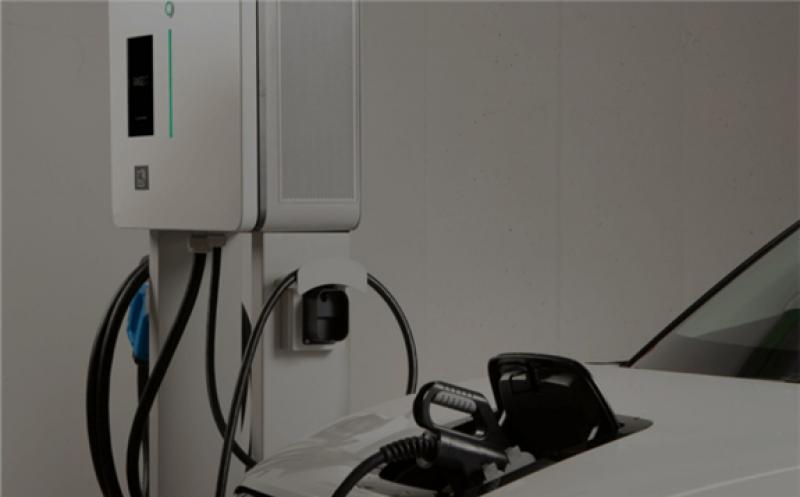The new protocol based on the DLMS/COSEM standard will directly link the electric vehicle (EV) charging station to the smart meter.

To develop the protocol, the DLMS User Association has launched a new ‘Electric Vehicle Charging Station’ working group, which will examine ways in which existing in-home technology can be used to optimise the use of EV charging.
The new protocol should remove the need for a third-party device, as is required currently, to access the smart charging capability that is normally built into the charging stations. In addition, it should streamline the availability of additional functionality and services, which can be difficult and costly and face interoperability issues to offer.
Toufann Chaudhuri, chief technology officer of the Swiss charging solution provider Green Motion, recently acquired by Eaton, who is leading the new working group, told Smart Energy International that the aim is to draw on the growing variety of grid data available from the smart meter, and currently used primarily by the DSO, to enable smart charging.
“There aren’t any standards for smart charging today, which means that for us as a hardware supplier we spend our time trying to connect with another hardware product or software product, which makes it costly and complicated,” he says.
The goal is to enable a plug-‘n-play solution with the end-user able to instal a charger and connect it the smart meter for it to be up and running.
“The protocol will be able to be implemented by any manufacturer, be it a smart meter or charging station provider, and then the process can be seamless for the end-user.”
A basic use case and one of the first that is planned for implementation is to regulate the EV charging so that the subscription power level is not exceeded. In such cases, if the power level is exceeded, the smart meter would shut down the power.
“We think this makes sense in the likely early adopter countries such as Italy, where there are such limitations and no real solution to work around them,” says Chaudhuri.
Other use cases are expected to follow, such as vehicle to grid to provide flexibility and dynamic power management drawing on variable power or time-based tariffs.
“All these options should become possible without any additional devices and cost just by enabling the communication between the smart meter and the charger.”
DLMS estimates that the EV charging system installation costs could potentially be halved with the redundancy of the ‘energy manager’ device.
The Association is keen for participants to join the working group with representatives anticipated from DSOs and EV manufacturers and charging solution providers among others.
The aim is to have the first demonstrators ready by year end.
This is the second new working group of the DLMS UA formed recently. In May, a Remote Sensing working group was formed to look at how the DLMS standard could be applied to support the proliferation of remote sensing requirements.
In a fully distributed sensing architecture issues could arise in fulfilling the legal requirements around metering, including ensuring that devices have the capability to track software and firmware updates and upgrades, checking calibration data and other legal parameters, as well as ensuring that their link to the ‘cloud’ is fully secure.